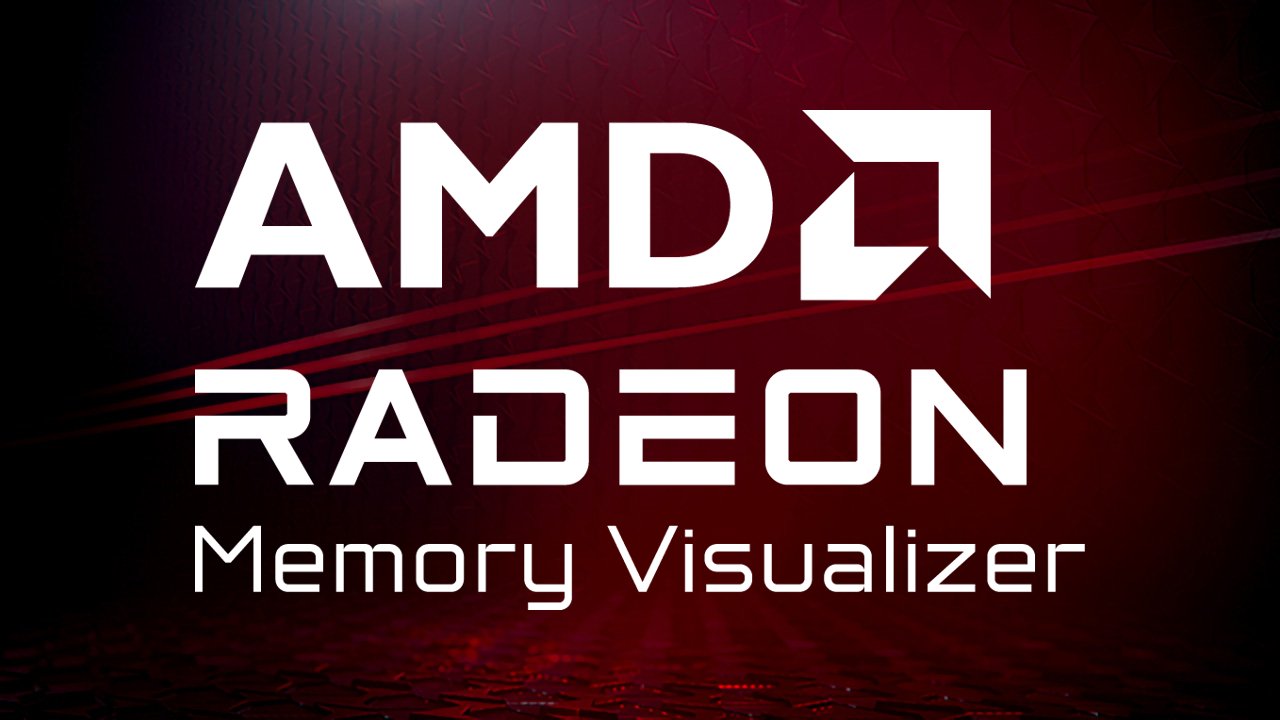
AMD Radeon™ Memory Visualizer
AMD Radeon™ Memory Visualizer (RMV) is a tool to allow you to gain a deep understanding of how your application uses memory for graphics resources.
Optimizing a modern real-time renderer can be a somewhat daunting task. Explicit APIs hand you more control over how you craft your frame than ever before, allowing you to achieve higher frame rates, prettier pixels, and ultimately, better use of the hardware. Today we’re pleased to release our RDNA performance guide to help guide you through the optimization process. The guide compromises of a collection of tidbits, tips, and tricks which aim to support you in your optimization quest.
Learn how to:
We hope you find our RDNA Performance Guide useful. Got any tips of your own? Let us know on Twitter at @GPUOpen.